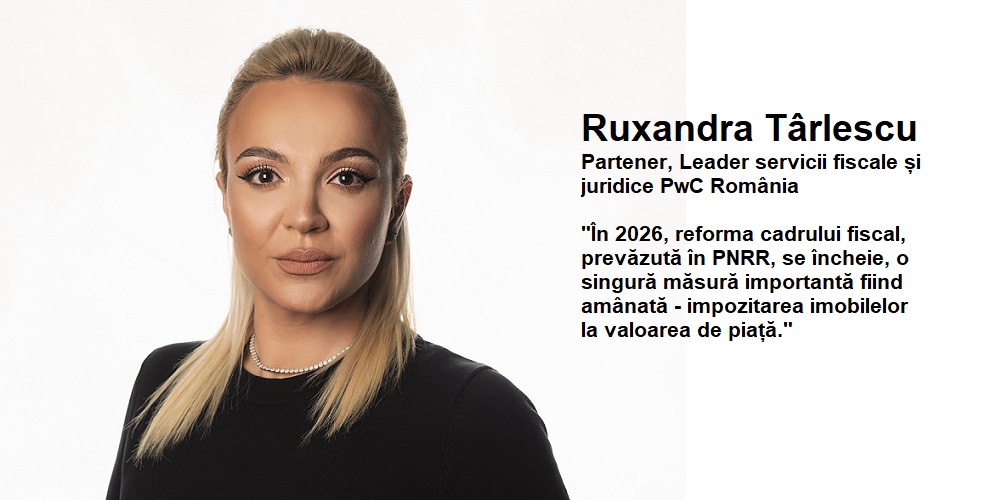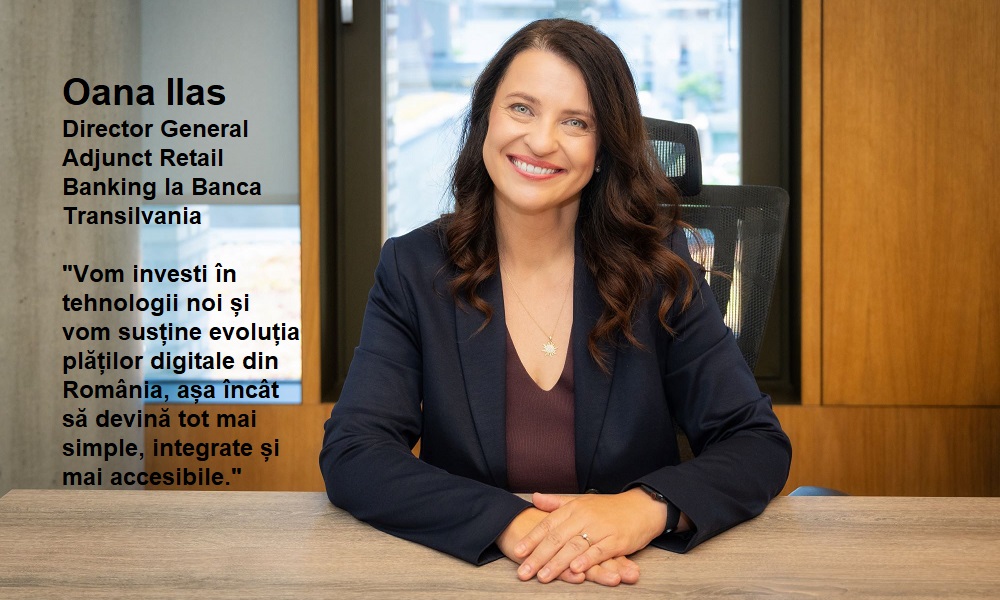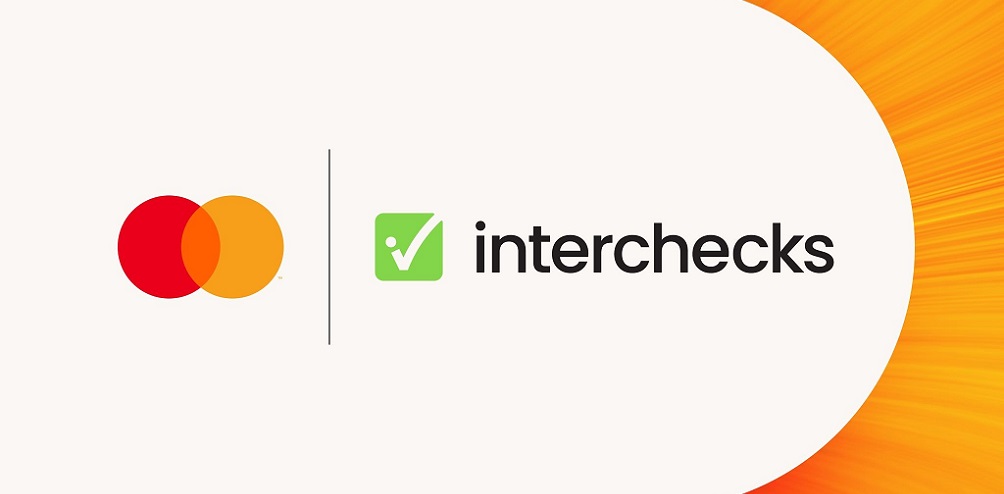Post-Aggregator Open Banking

Part 1: Getting to Aggregators
Introduction
Commentators in the financial world proclaimed that 13th January 2018, the official launch date of Open Banking in the UK, would herald a revolution in financial services. The reality was somewhat underwhelming. Six of the nine big banks (CMA9) that were supposed to open up access to their data via APIs failed to meet the deadline.
Why was opening up data from the likes of HSBC and Barclays supposed to drive innovation in the marketplace? Because of the creation of new entities that could use this access to provide information services, or payments services: AISPs and PISPs respectively.
Fig 1: Wardley Map of Open Banking
AISPs are able to request account information about a payment account (with explicit permission from the account holder). PISPs are similar, and are able to initiate payments (e.g. via BACS) on behalf of the account holder.
The expectation of some was that a large number of AISPs and PISPs would appear soon after the 13th of January, providing a rich variety of new services that consumer could, well, consume. They might be B2C (e.g. Yolt) or B2B (e.g. Bud), but they would be there.
Apart from the notable successes above (well done Yolt and Bud!), the uptake has been somewhat slower than anticipated. Most of the new products have come from the incumbent banks themselves, particularly the ‘aggregator propositon’ whereby you can see all of your current accounts in a single app from HSBC or Lloyds. Why?
Why the delay?
Three factors have driven this slower pace of adoption:
- What do customers want?
- Nine is harder than one
- Getting the business model right
What do customers want?
In order to build a compelling and viable service, particularly when entering uncharted territory (and Open Banking is most certainly uncharted territory!), understanding the specific customer need is vital. Without a clear problem being solved, it’s very easy to develop technology-focused propositions “because we can” which then gain no customer traction and die. In start-up speak, this is “failing to achieve product-market fit”.
Understanding customer needs in a new banking and payments landscape takes time. Exploring use cases, developing prototypes, testing with customers, and deciding on a specific proposition to build could take weeks, months, or quarters.
As of yet, there is still no clear value proposition for either AISPs or PISPs beyond account aggregation.
Nine is harder than one
My diagram above is a lie. A PISP needs to connect to a current account, yes, but which one? As a customer, it needs to connect to my bank account regardless of who I bank with. To deliver that experience, an AISP or PISP needs to integrate with all of the CMA 9 banks (and now the additional ~10 that offer an open banking API).
Nine API integrations is a significant technical challenge which may explain why it’s taken longer than expected to see new customer-facing propositions. Yolt (part of ING) was the first to integrate with all of the CMA 9, which it managed in September 2018.
Based on that timeline, it’s no wonder that it’s taken this long for new products to appear. It also shows that there may be a significant market for an API hub that combines all Open Banking APIs into a single integration point (more on that later).
Getting the business model right
Without a clear understanding of a customer need, understanding the business model (how to get paid) is a real challenge. Banking and payments needs are largely very well served, and a long history of competitive and regulatory pressures have significantly reduced costs.
For example, using a PISP to initiate payments offers some clear advantages over card schemes (immediacy, cost) but also has some significant downsides (lack of clear responsibility, consumer protection).
For a PISP to make a meaningful dent in the marketshare of Visa, Mastercard, and American Express, it will have to innovate in terms of the service offered to customers, and the economics of the proposition for merchants, customers, and banks (who currently make interchange revenue from card payments). This will happen, but will take time.
Now what?
All of the above challenges are not blockers, merely delays. The immediate surge of innovation didn’t happen in January 2018, but a tsunami of new services has been building ever since. Once some big players get involved, smaller players complete integration, and some post-aggregation needs and use-cases are figured out, we’ll see the real future that Open Banking promised.
We have aggregators. You can get one from your bank, or from a TPP (Third Party Provider) like Yolt.
Now that we have some account aggregation, what can we do with it, and what’s going to happen next? We need to revisit our map (see Fig 1).
There are two problems with this map, and the Open Banking industry today is focused on solving them both.
Problem 1: Lots of connections
All maps are wrong, they simplify things to make them more useful. However, there is an oversimplification in this map that hides an important complexity: the number of current accounts.
There are approx. 6,000 financial institutions in the EU which are all viable candidates to be connected to an aggregator proposition (remember that PSD2 is European, whereas Open Banking is UK). Therefore a TPP, be they an AISP or PISP, will have to connect to 6,000 financial institutions to offer a comprehensive experience.
Enter the middlemen. Klarna, Truelayer, and others are working to provide connection to all of this players through a single connection point. Our new map, and Klarna’s vision, are below.
(Side note: These API portal plays represent a significant opportunity to run an Innovate-Leverage-Commoditise play within the Open Banking ecosystem. I would bet that Klarna is the most successful here, given their proven track record of delivering new customer-facing propositions.)

Fig 2:Wardley Map of Open Banking with a single integration platform
This critical piece of infrastructure also explains why smaller players have been so slow to get started; connecting to that many APIs is a huge challenge, one only large, dedicated API building and managing, firms could address.
Now that we’ve made some headway on Problem 1, and will soon have a truly commodity connection to multiple financial institutions, I expect to see a wealth (pun not intended) of fintechs appearing that rely on a Truelayer or Klarna (or other) integration to provide a connected banking experience. This will happen very rapidly, likely between mid 2019 and end 2020, in what swardley calls a “Punctuated Equilibrium”. What will these new fintechs do? That’s Problem 2.
Problem 2: What’s the (customer) problem?
The second lie in our map (Fig 1) is that our consumer needs — “Information Need” and Payment Need” — are not real needs, or certainly not well understood ones. In the British and European markets, it’s currently not clear what the customer value proposition is for AISP or PISP based solutions. Fpor AISPS aggregation is a nice starting point, the ‘so what’ is a little underwhelming. As for PISPs, the case is even weaker. Processors like Adyen have launched Open-Banking-Powered payments methods but it’s unclear what value this provides to the customer over a card payment. Indeed, card payments have a number of consumer protections that account-to-account transfers initiated by a PISP do not.
As with most start-up stories, where we’ll likely see most traction from small players that are hyper-focused on specific use cases. What those are, we can’t tell. Developing them will require market testing and iteration in order to get it right.
The other area we may see PISPs and AISPs become relevant is within existing customer journeys, particularly those owned by the big platform companies (Google, Facebook, Amazon, Apple). Integrating financial information into customer interactions so that financial services are available at the point of needcould be a game-changer. The days of being re-directed to your banking app could be numbered.
In Part 3 we’ll look at Open Banking around the world …
About the author
Howard is a Senior Digital Consultant based in Capco’s London office. He is an outcome-driven analyst and strategist, with experience delivering complex digital change in financial services and other industries. Howard has joined Capco after over 3 years at CSC, where he worked in the business and Digital consulting teams.
He has strong stakeholder management and analytical skills and is known for his ability to rapidly absorb and interpret complex information be it numerical, analytical, or qualitative. He is as an assertive, proactive, and effective problem solver, and his peers regard him as a consistent, positive contributor to projects he works on.
He holds a MPhys in Physics with Mathematics from the University of Southampton.
Dariusz Mazurkiewicz – CEO at BLIK Polish Payment Standard
Banking 4.0 – „how was the experience for you”
„To be honest I think that Sinaia, your conference, is much better then Davos.”
Many more interesting quotes in the video below:














